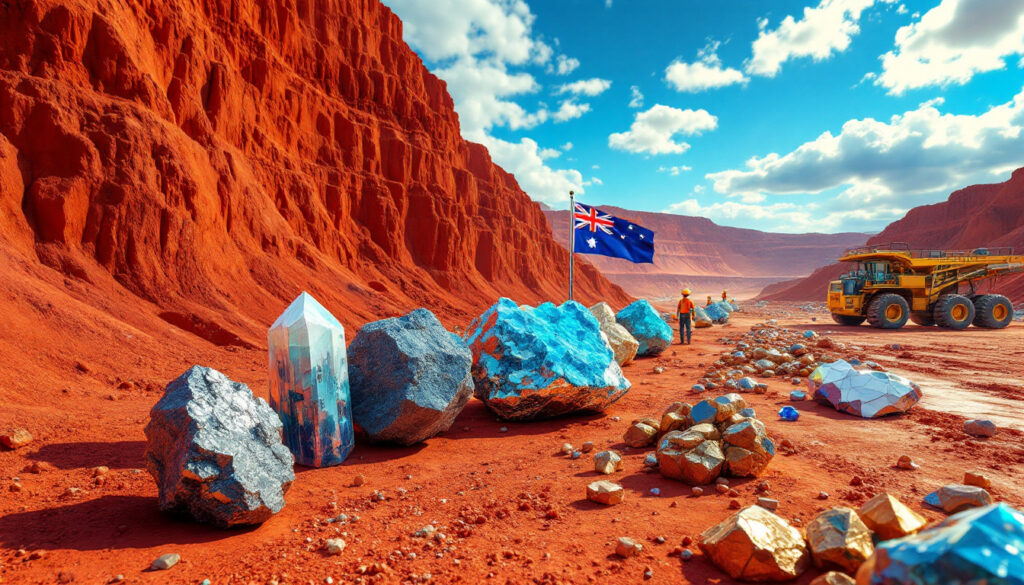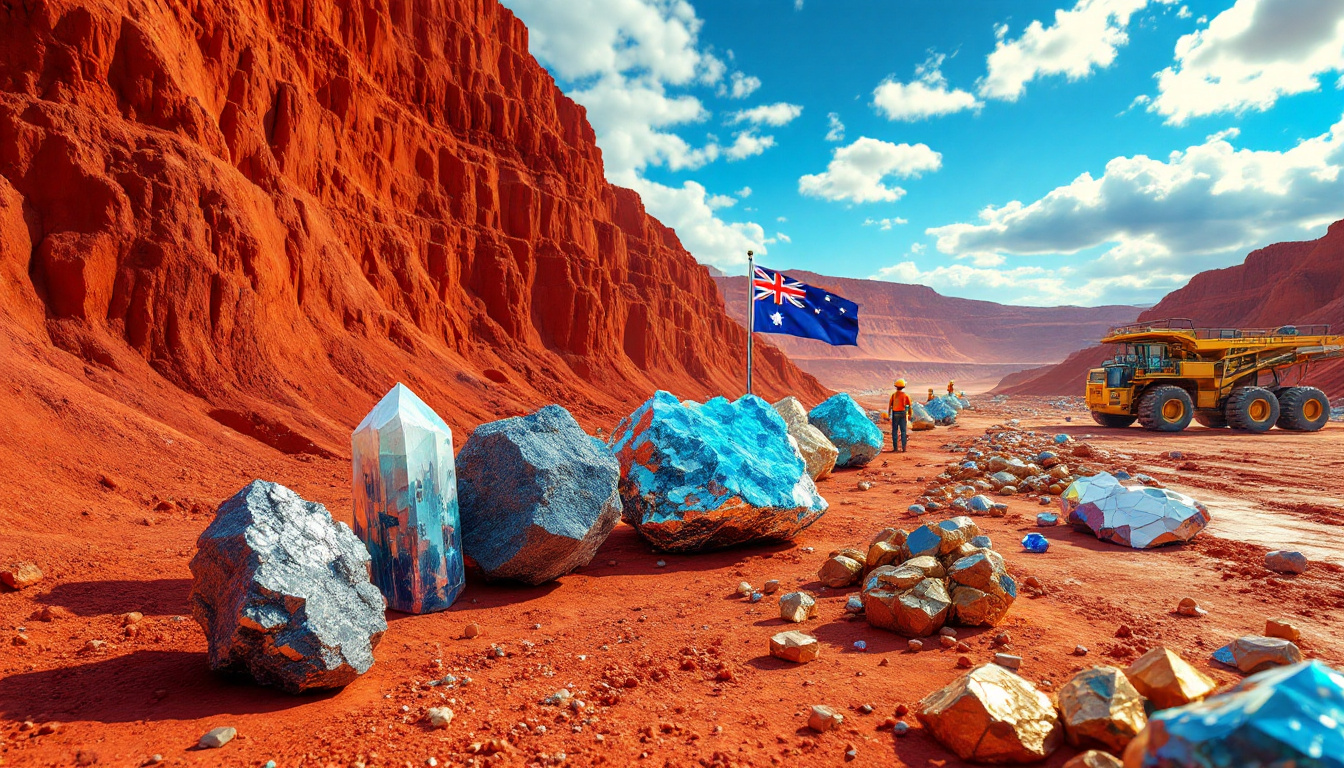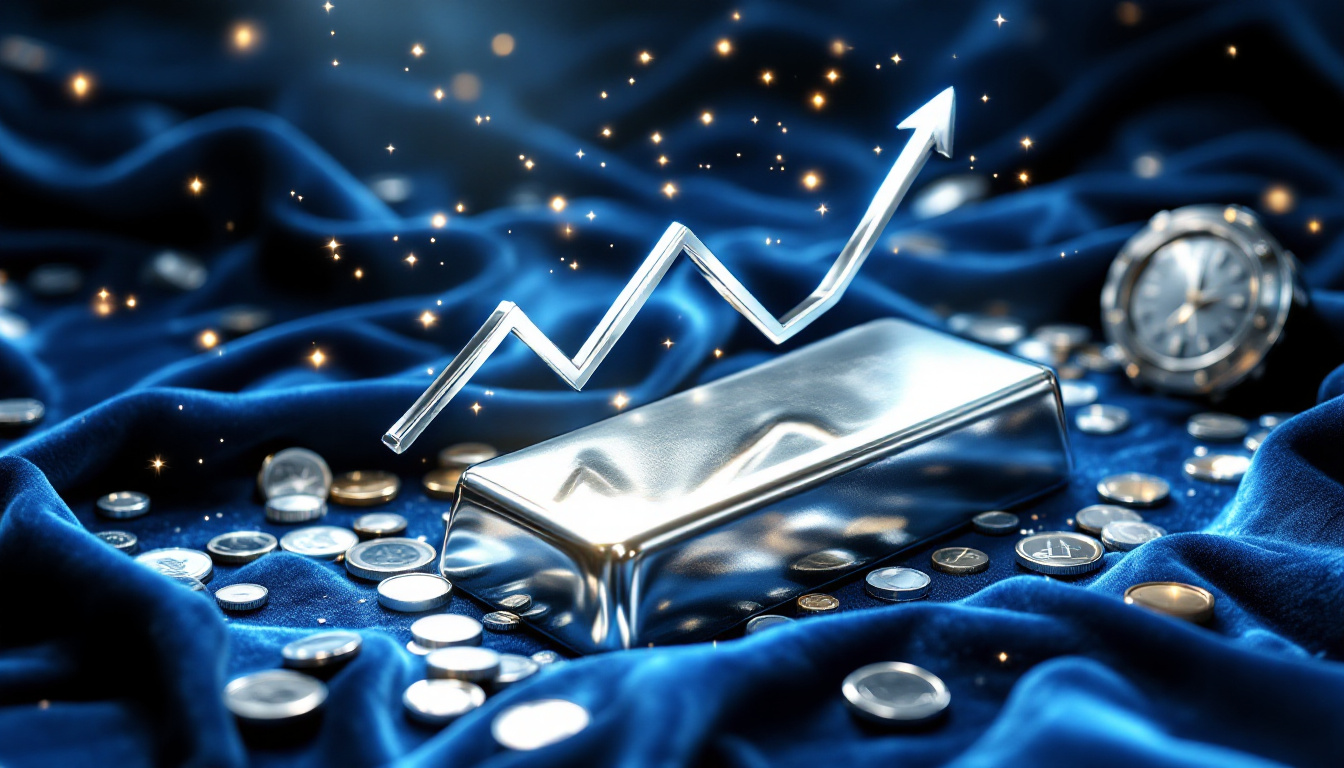Australia's Critical Minerals: Strategic Importance, Key Resources, and Global Positioning
Australia's critical minerals play a pivotal role in global technological advancement, renewable energy systems, and national security frameworks. The Australian government has identified 31 critical minerals essential for economic resilience and reducing geopolitical dependencies, particularly on China, which dominates global processing capacities. This report examines Australia's critical mineral reserves, their applications, and strategic initiatives to bolster domestic processing capabilities.
Key findings highlight Australia's lithium ambitions outlook, challenges in competing with China's refining infrastructure, and federal investments totalling $1.2 billion to establish a strategic reserve.
What Are Critical Minerals?
Critical minerals are elements vital to modern technologies, including renewable energy infrastructure, electric vehicles (EVs), and advanced manufacturing. The Australian government classifies these minerals based on their economic significance and supply chain vulnerabilities, particularly China's market dynamics and control over refining processes.
Why Are Critical Minerals Important?
Critical minerals underpin the global transition to clean energy and advanced manufacturing. Lithium-ion batteries, for instance, rely on lithium, cobalt, and nickel, while rare earth elements (REEs) power wind turbines and EV motors.
Australia's abundance of these resources positions it as a key supplier, but reliance on foreign processing limits its market influence.
Australia's Strategic Minerals Reserve
In 2025, the federal government committed $1.2 billion to create a strategic reserve of 31 critical minerals, aiming to reduce dependency on Chinese refining. This initiative mirrors policies by the EU and U.S. to secure supply chains amid rising geopolitical tensions.
Key Critical Minerals in Australia
Lithium: Powering the Battery Revolution
Australia produces over 50% of the world's spodumene, a lithium ore, yet refines less than 1% domestically. Nearly 60% of global lithium reserves are concentrated in South America's "lithium triangle" (Bolivia, Chile, Argentina), but China refines 80% of lithium into battery-grade materials.
Western Australia's Greenbushes mine, operated by Talison Lithium, exemplifies Australia's extraction capabilities, but downstream processing remains overseas.
Graphite: The Battery's Backbone
Graphite constitutes up to 50% of a lithium-ion battery's anode. Global production reached 1.03 million tonnes in 2024, with China producing 93% of battery-grade graphite.
Australia's deposits in Western Australia and Queensland are untapped at scale, though the WA government allocated $6.5 million in 2024 to International Graphite Limited for a processing facility.
Cobalt: The Controversial Battery Metal
The Democratic Republic of Congo (DRC) supplies 66% of global cobalt, while China refines 74%. Australia holds the fourth-largest reserves, with Glencore's Murrin Murrin mine in WA and Cobalt Blue's Broken Hill project contributing to production.
However, ethical concerns and advancing battery technologies (e.g., solid-state batteries) may reduce cobalt demand by 2050.
Nickel: Steel Strengthener and Battery Component
Indonesia dominates nickel production, while Australia's industry faces collapse despite holding the second-largest reserves. Glencore's Murrin Murrin remains the sole operational nickel-cobalt mine, highlighting vulnerabilities in market volatility and international competition.
Rare Earth Elements: Powering Advanced Technology
China controls 90% of rare earth processing, leveraging neodymium and dysprosium for magnets in EVs and wind turbines. Australia's Lynas Resources operates the Mt. Weld mine in WA and a Malaysian refinery, while Iluka Resources received $475 million in critical minerals funding for the Eneabba rare earths refinery.
Australia's Positioning in the Global Critical Minerals Market
Competitive Advantages
Australia boasts world-class lithium, nickel, and cobalt reserves, ranking second globally in nickel and fourth in cobalt. Its rare earth deposits position it as a potential alternative to China, though processing bottlenecks persist.
Challenges
China's entrenched refining infrastructure and economies of scale pose significant barriers. High capital costs for domestic processing facilities and fluctuating mineral prices further complicate investment.
Government Initiatives
Federal and state investments aim to build refining infrastructure, including the $1.2 billion strategic reserve and WA's graphite facility. These efforts align with U.S. and EU strategies to diversify supply chains, as outlined in the Australian Government's Critical Minerals Strategy.
The Future of Australia's Critical Minerals Sector
Developing Domestic Processing Capacity
Australia's ability to move up the value chain depends on significant investments in processing technology. While extraction capabilities are world-class, the nation needs to develop expertise in refining and manufacturing to capture more economic value from its mineral wealth.
Partnerships between mining companies, technology firms, and research institutions will be crucial for developing cost-competitive processing methods that can rival China's established operations.
Environmental and Social Considerations
As demand for critical minerals grows, sustainable mining practices become increasingly important. Australia has an opportunity to position itself as a responsible supplier, implementing best practices in environmental management and community engagement.
Water usage, land rehabilitation, and decarbonisation in mining will be key areas where Australian operations can differentiate themselves from competitors with lower environmental standards.
Conclusion
Australia's critical minerals are central to global decarbonization and technological progress. While the nation excels in extraction, achieving self-sufficiency in processing requires sustained investment, international partnerships, and policy innovation.
Strategic reserves and refinery projects mark progress, but overcoming China's dominance remains a long-term challenge. According to Geoscience Australia, developing these resources sustainably is essential for Australia's economic future.
FAQ
What Makes a Mineral "Critical"?
Critical minerals are essential for technology and national security, with supply chains vulnerable to geopolitical disruptions.
How Many Critical Minerals Has Australia Identified?
Australia classifies 31 minerals as critical, focusing on economic and strategic priorities.
Can Australia Achieve Self-Sufficiency?
While feasible with investment, matching China's refining capacity demands decades of infrastructure development.
How Will Demand Evolve?
The IEA projects lithium and graphite demand to surge 10-20 times by 2030, driven by renewable energy adoption and mining sector trends.
This report synthesizes data from the Australian government's strategic initiatives and global market analyses, underscoring the imperative to bridge extraction capabilities with advanced processing to secure Australia's position in the critical minerals sector.
Want to Capitalise on Australia's Critical Minerals Boom?
Discover significant ASX mining opportunities before the market with Discovery Alert's proprietary Discovery IQ model, which delivers real-time notifications on critical minerals discoveries across all 31 strategic resources. Visit the Discovery Alert discoveries page to see how early identification of mineral finds can generate exceptional returns for investors.




